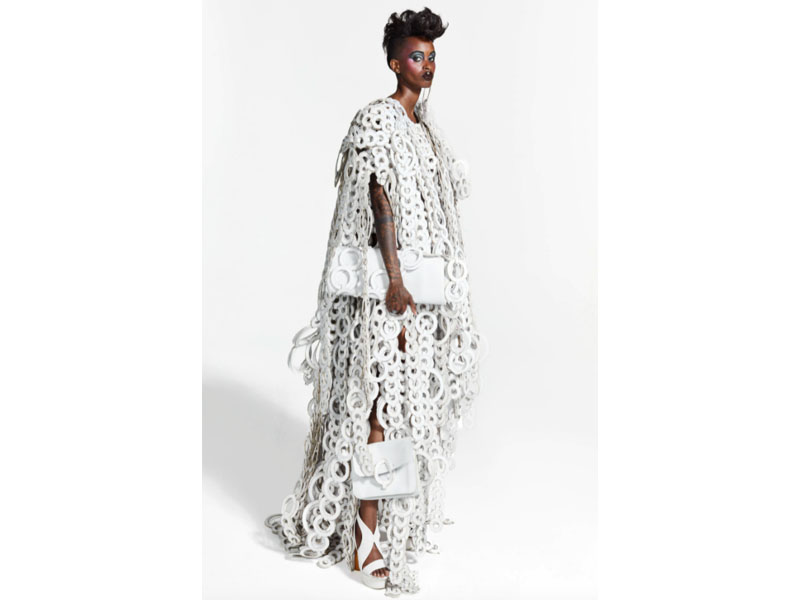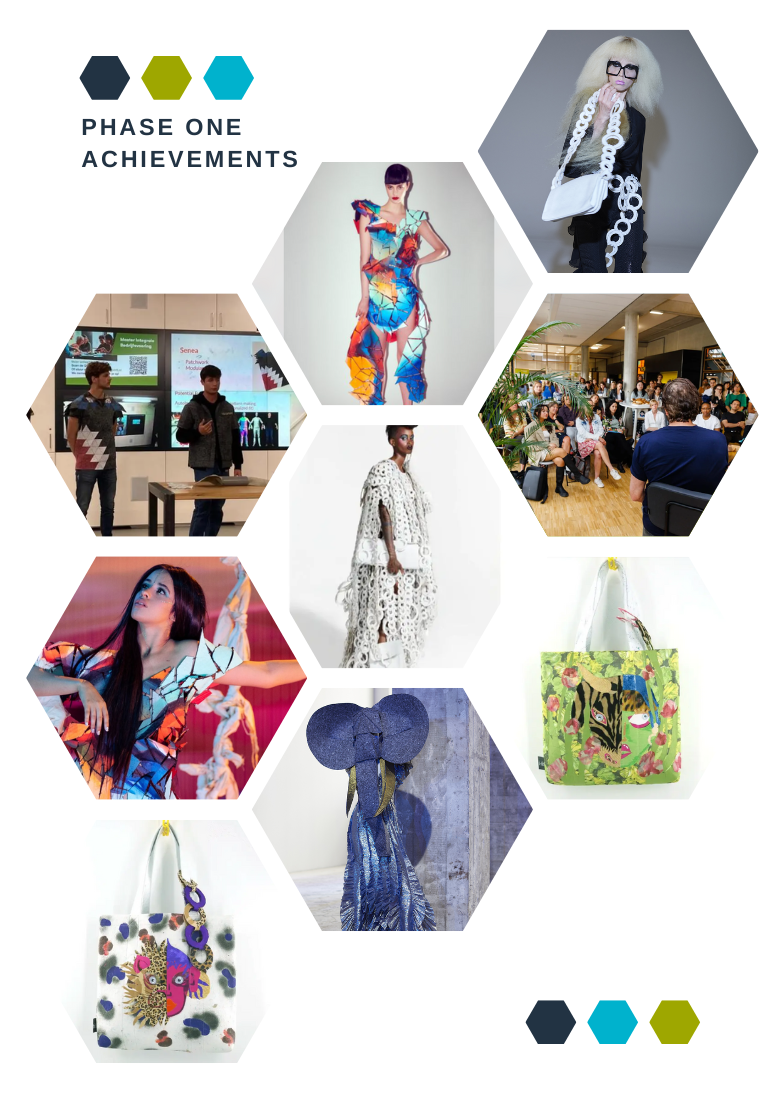Trashure: Design as catalyst for transitioning from linear to circular
Project goals are increasing awareness about textile consumption and specifically re-appreciating textile waste and enabling commercialization of an accessible product line that uses textile waste as primary resource.
Centre of Expertise Mission Zero

The project’s goals are to increase awareness about textile consumption, improve textile waste re-appreciation and enable the commercialisation of an accessible product line, which uses textile waste as primary resource - from trash to treasure! To achieve this, Trashure aims to deliver a sustainable business case, which offers design as a catalyst for the broad acceptance of circular textile as a commercially attractive resource for fashion.
Textile waste as primary resource
Every year, around 300 million kilogrammes of textiles are discarded in the Netherlands - enough to fill 122 Olympic sized swimming pools! No mainstream commercial use has been identified or deemed profitable enough to secure the necessary investments for reducing this number. Consequently, textile collectors do not have the capacity to absorb such a large amount and over half of discarded textiles ends up as residual waste, mostly incinerated.
Another consequence is that only 1% of clothing incorporates recycled textiles, but the Dutch government has big ambitions. By 2025 they want sustainable or recycled, post-consumer materials to make up 25% of textiles products. By 2030 this should increase to 50%, with a minimum of 30% recyclate. The ultimate goal is a fully circular economy by 2050, which requires drastic changes in our consumption and production patterns and approaches, notably addressing the expanding textile waste mountain.
Circular textile
Textile waste volume keeps increasing; more is produced, consumed, and discarded, while not enough is re-used, repaired and recycled.
Textile sorters emphasize how traditional business models of discarded textiles are not working and besides technical issues, the demand for recycled textile is limited. Recycled textile comes with a higher price tag but lacks overall appeal and is considered “not attractive” enough for fashionable, high-quality products. Therefore, existing business models are not capable of providing profitable solutions, thus, the demand from factories to manufacture products from recycled fibres is also limited as they don’t see the business potential. Achieving the Dutch government’s ambitions requires contemporary business models that optimally balance supply and demand.
The Hague University of Applied Sciences (THUAS) has partnered with two SMEs (Small-Medium Enterprises) that aim to offer attractive and sustainable fashion items made from felt (manufactured from post-consumer textiles):
- i-did: an innovative and inclusive Dutch social enterprise, that transforms textile waste into designer felt.
- RVDK: a fashion house run by internationally acclaimed haute couture designer, Ronald van der Kemp
Phase one: B2C
Contributing Researchers: Kim Poldner, Mark Li Fo Sjoe, Jochem Vreeke, Ishwari Thopte
Duration: October 1st, 2021 – October 31st, 2022
Financial support: KIEM GoCI
Key Achievements
- Tote bag collection launched at Amsterdam Fashion Week and subsequently sold as a limited-edition collection on the i-did webshop, entitled ‘452’ (452g of recycled textiles per bag)
- RVDK collection using recycled felt at Paris Couture Week à Featured in several global media outlets and worn by Camila Cabello in the videoclip launch of her new album.
- Trashure showcased at Materials 4 Sustainable Fashion Conference, Dutch Design Week and Fashion for Good
- Trashure featured in the digital magazine ‘Collaboration for Impact’
- Collaboration with students on multiple fronts, resulting in:
- Trashure business case
- 5 bachelor theses on Trashure
- Prototypes and concepts for business model innovation
- Creation of a teaching case about i-did, including teaching notes published by Emerald à can be used globally.
- Developed a marketing and communication plan à Used to launch the ‘452’ limited-edition collection.
- Proof of concept business case à based on rapid sell-out of limited-edition bags.

Phase two: B2B
Contributing Researchers: Kim Poldner, Ishwari Thopte
Duration: November 1st, 2022 – Ongoing
Financial support: KIA-CE
Objectives:
- Make technical adjustments to the fiberisation process, to improve the fabrics wearability and quality;
- Design, test and produce 3-5 wearable items, to demonstrate the feasibility of using the improved fabric for ‘mainstream’ fashion;
- Devise and develop innovative (B2B) revenue models for the felt, to demonstrate its economic sustainability and improve accessibility and affordability.
Contributing departments and/or minors
- The Hague University of Applied Science (THUAS/De Haagse Hogeschool)
- Faculty of Business, Finance & Marketing (BFM)
- Centre of Expertise Mission Zero
Partners
Operational partners
- i-did
- Ronald van der Kemp (RVDK)
- Sympany